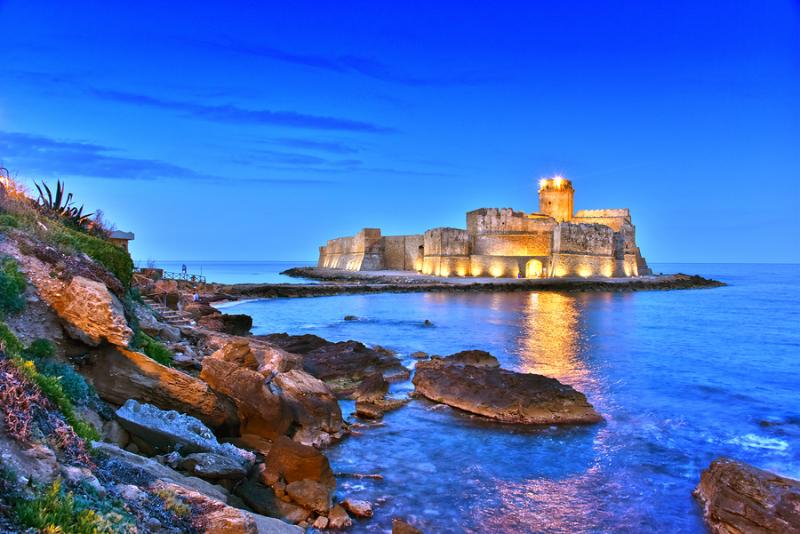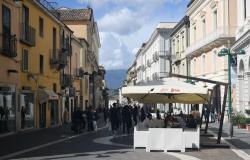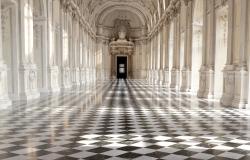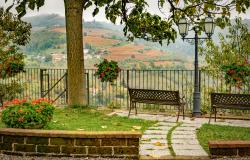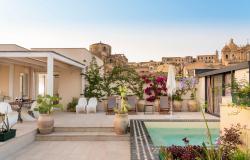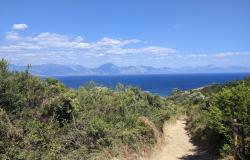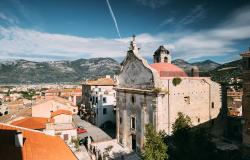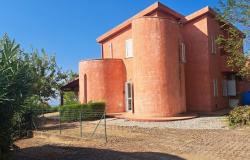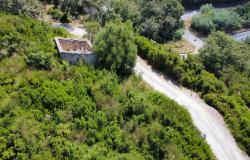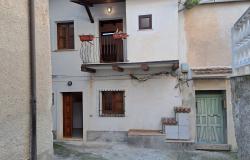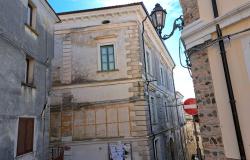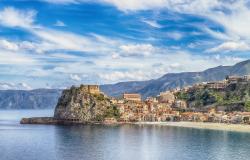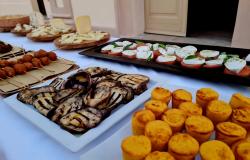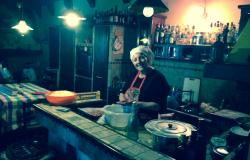From Michelin-starred dining and DOC wines to crystal clear marine protected waters and ancient temples, Crotone is a province rich in nature and history overlooking the Ionian Sea.
The Province of Crotone was established in 1992 by a territory division belonging to the province of Catanzaro that now borders it on the southwest and Cosenza on the northwest. It is home to 27 municipalities. Its historical blueprint includes Magna Graecia, the Byzantine Empire, the Saracens, the Normans and the Kingdom of Naples.

Montagnella Park with the Giglietto Valley, the peak of the Pizzuta Mountain, and the National Park of the Sila form the provincial territories. Here, river trekking, hiking, horseback riding, swimming, skiing, bird-watching, and photography are just some of the excursions and experiences that await you. And on Lake Ampollino, you can canoe or paddle-boat too!
Like this article? Don't miss "Discovering Calabria: Exploring the Land of Two Seas, Catanzaro"
On the Ionian Coast, you can begin by visiting Cirò, renowned for its DOC wine. The city is located on a hill dominating Punta Alice around the remains of the Carafa Feudal Castle. Its ancient village is filled with religious monuments, historical residences, palaces and other sites for you to admire.
One of the most popular destinations on the Ionic coast of Calabria is Cirò Marina. Famous for its spectacular waters, Cirò Marina is home to important cultural and archaeological sites such as the ruins of Apollo’s temple on exhibit in the town's Archaeological Museum. The center of town is surrounded by orange groves, vineyards and olive groves.
The Province’s capital Crotone is divided into the old and new city. According to Ovid’s legend, the city owes its name to Hercules, who built the city as a memorial to repent for accidentally injuring to death his friend Crotone. Among the most renowned sites are the Cathedral and the 16th century Castle of Charles. Next to the castle is the city’s National Archaeological Museum that exhibits many important and precious artisan works of the ancient Kroton, foremost among them Hera’s treasure. Along the fortified walls of the castle lies the historic city center with its noble palaces, visible in the old city. Be sure to stroll through the Pescharia District filled with historic buildings.
It's worth taking a trip inland to the spectacular mountaintop town of Santa Severina located on a rocky cliff, 1,070 feet above sea level, in the center of the Neto River Valley. The town is dominated by a Norman castle whose imposing four towers can be admired from every corner of the valley. It is also home to a beautiful Byzantine church.

Further down the Ionian coast lie the beautiful light blue and emerald green waters of the province’s Marine Protected Area of Capo Rizzuto, the most extensive of Italy, with 36 kilometres of coast. It is one of the most fascinating areas of the Mediterranean Sea comprised of eight promontories between the Coast of Capo Donato and the area of Le Castella that can be discovered aboard a sailboat from the port at Le Castella. This reserve is home to a myriad of marine life and a variety of superb sea beds that you can explore with itineraries both on and under the sea, perfect for diving and nature enthusiasts. Surprisingly though, this natural oasis remains relatively undiscovered, though a recent influx of coastal resorts suggests that’s about to change.

Coasting the protected area, you will find many ancient relics and historical splendours to discover. In Capo Colonna, there’s the only remaining Doric column, the last of 48 columns of the famous temple dedicated to the goddess Hera Lacinia. This solitary column creates a vital landmark for sailors. A few meters away, in the medieval Torre Nao is the town's Antiquarium Museum. In Capo Rizzuto, there’s the Aquarium, the castle ruins and the walls of the fortified town, the Church of St Marco and the Cathedral. The ancient Aragonese Castle in Le Castella offers panoramic views for you to enjoy.

When it comes to the region’s culinary fare, places like the Michelin-starred Ristorante Dattilo - helmed by one of a handful of female Michelin-starred chefs, the talented Caterina Ceraudo - and Ristorante Ruris in Isola Capo Rizzuto are making a mark in the culinary world thanks to their pivot towards lighter fare and championing of organic farming and wine made from local grapes.
The most famous product to come out of Crotone is the DOC wine of Cirò that you should accompany with a slice of pecorino crotonese (a cheese made with local sheep’s milk) and a piece of their Cutro bread (made with durum wheat), so good Italy's northern regions sell it too.

Other foods to be enjoyed with a glass of Cirò are the local delicacies like soppressata and sardella (also known as rosamarina - the caviar of the poor). Pipi e patati are another typical dish (sweet peppers and potatoes sautéed with garlic and olive oil).
